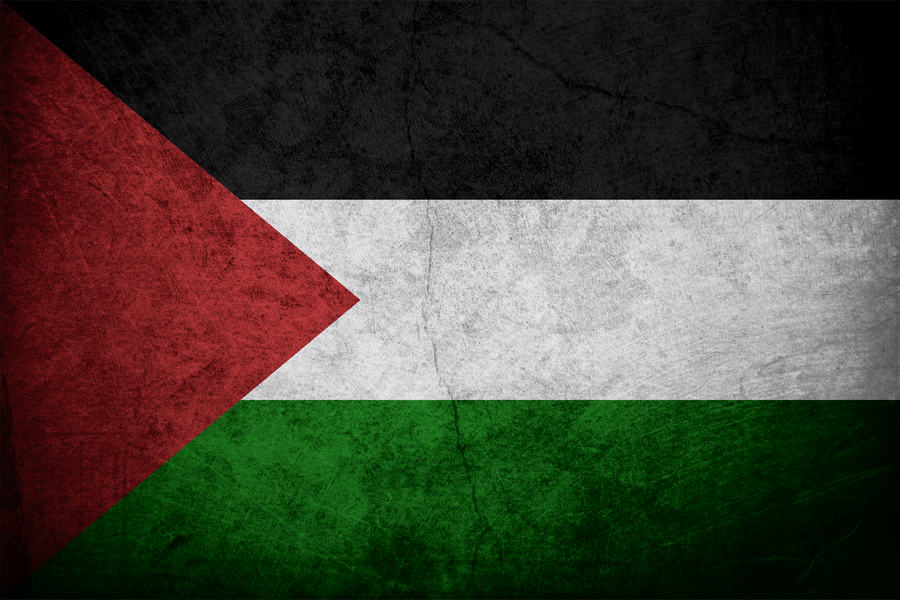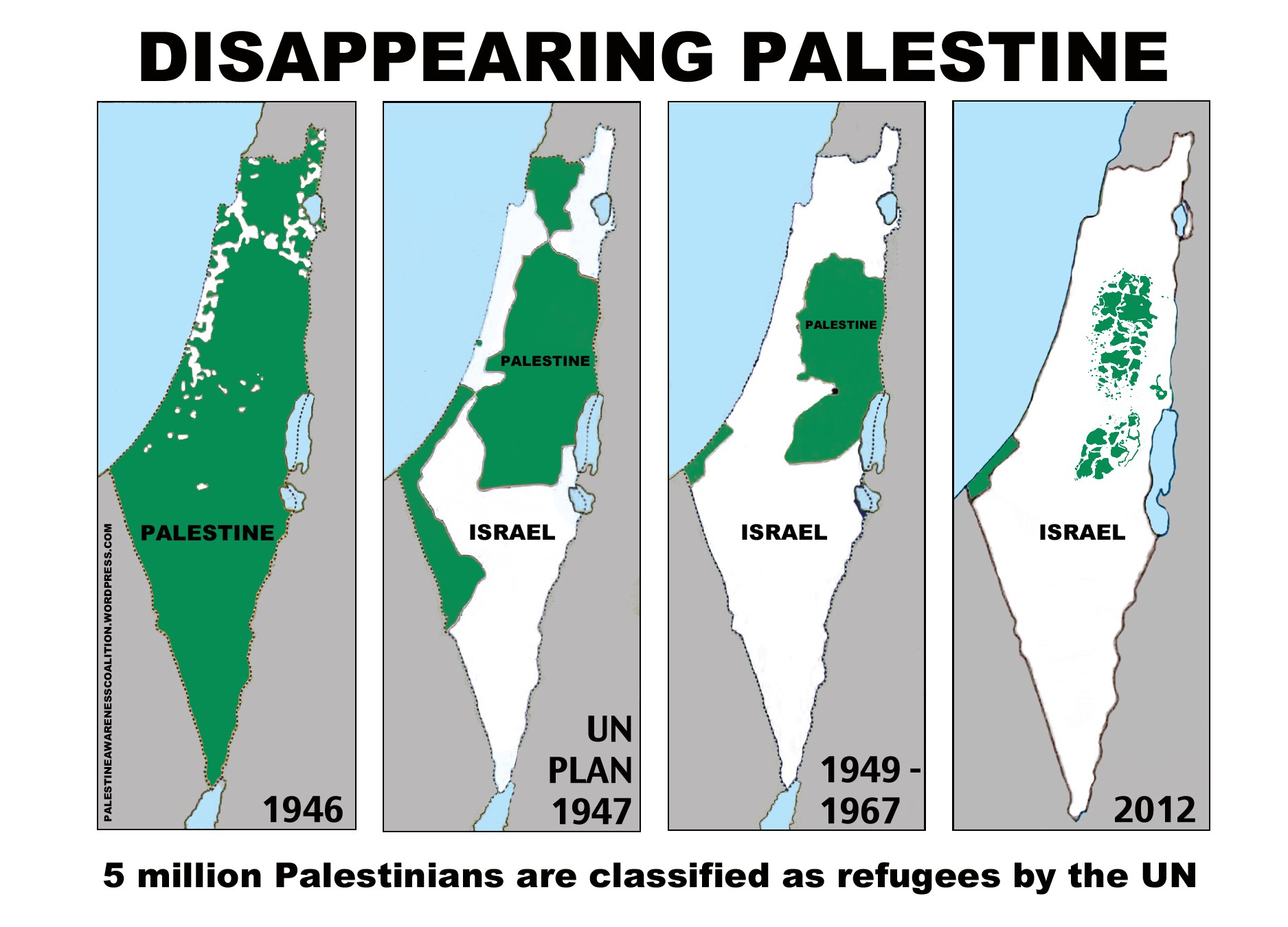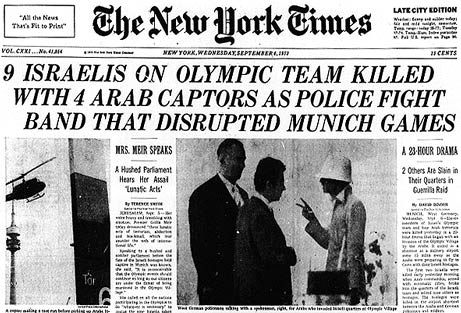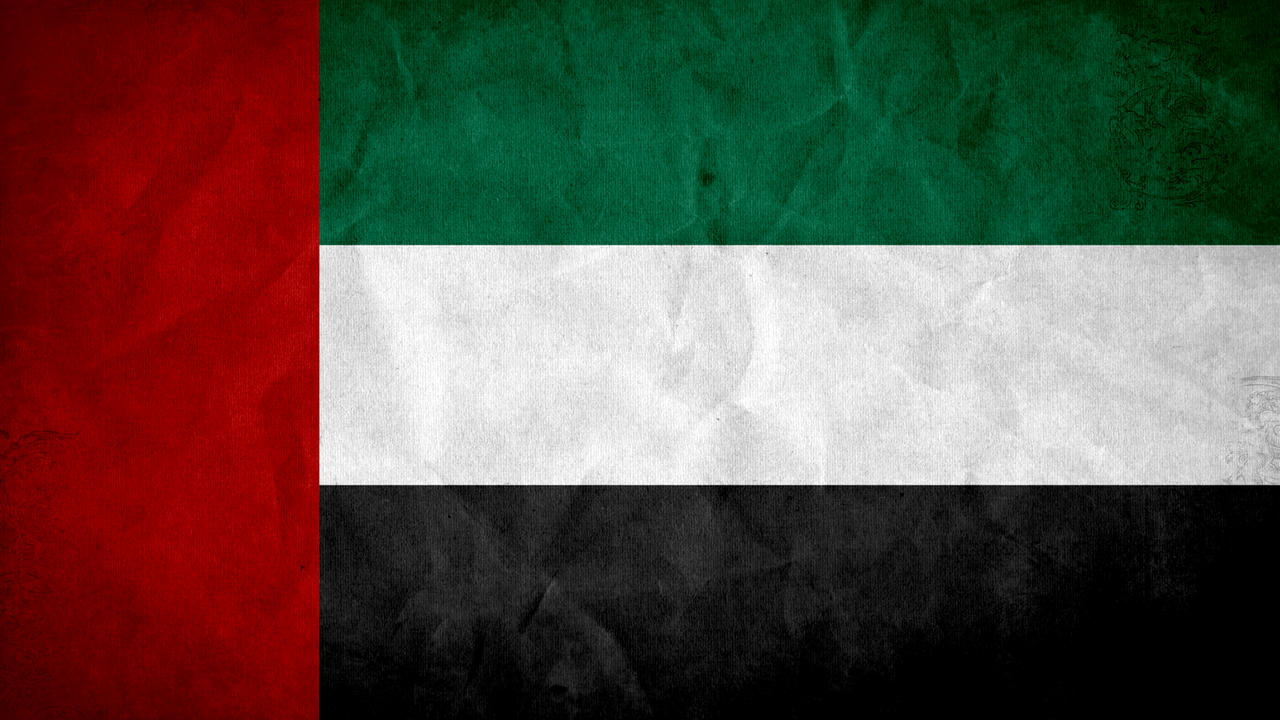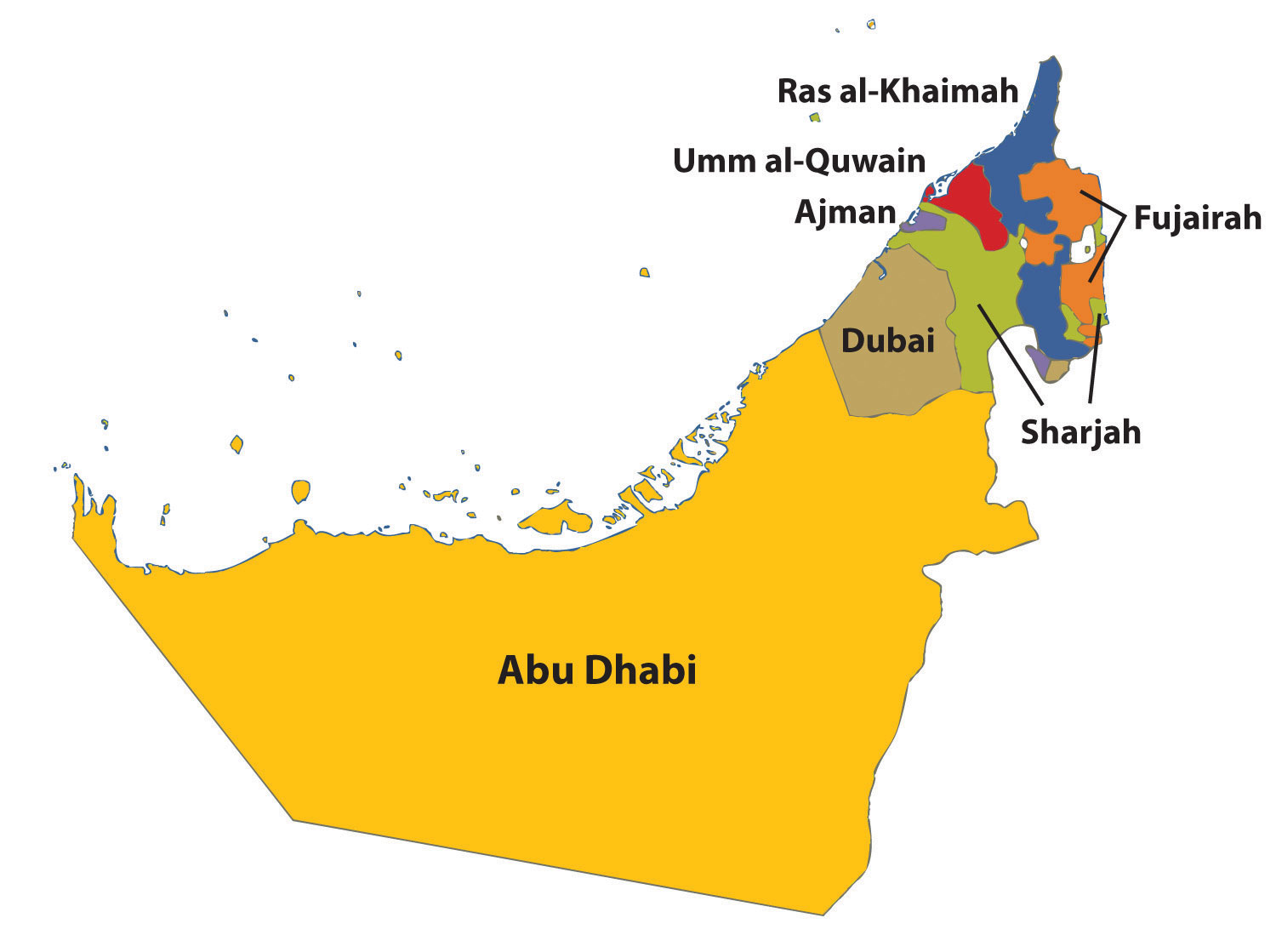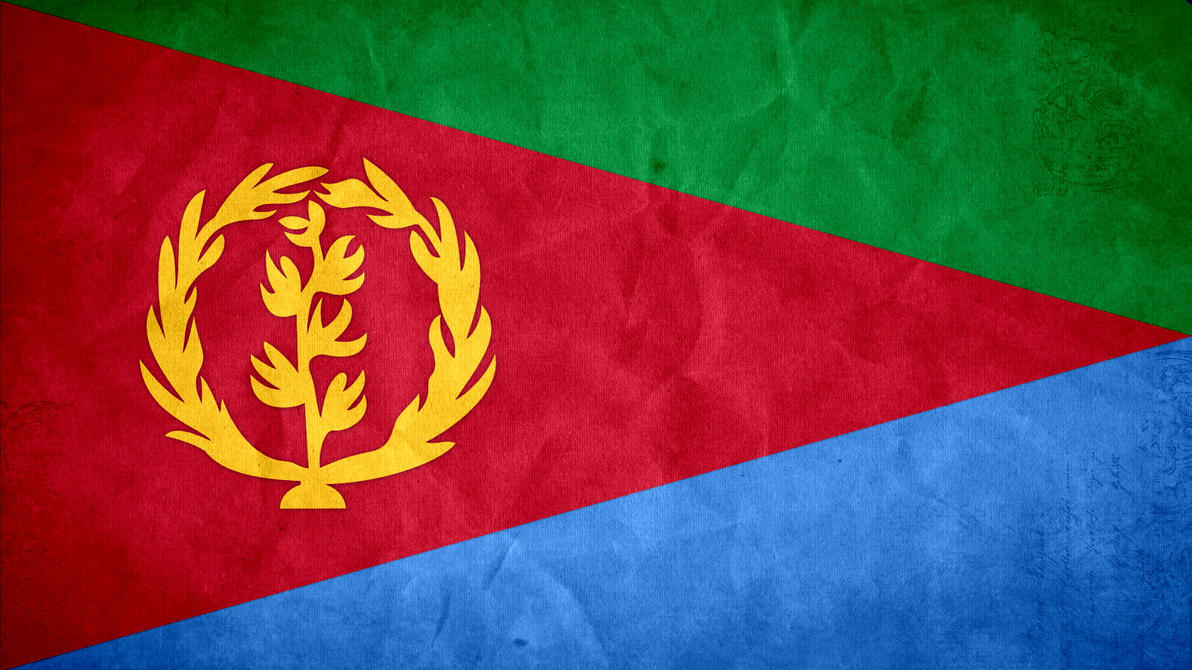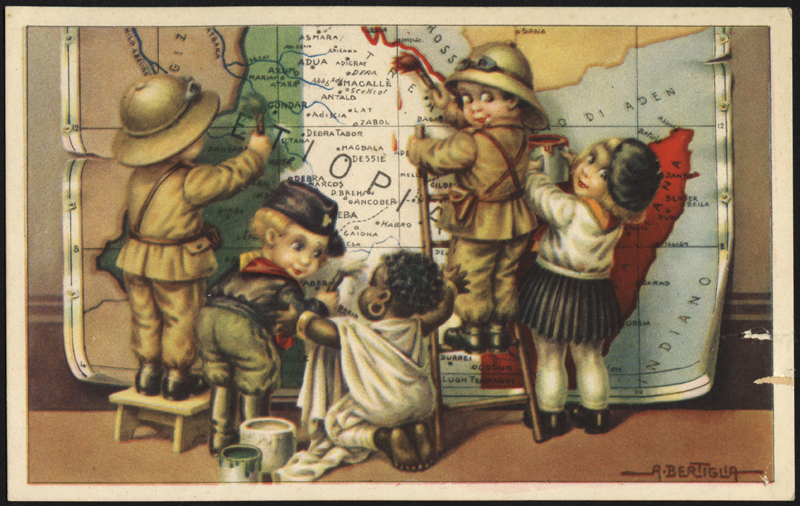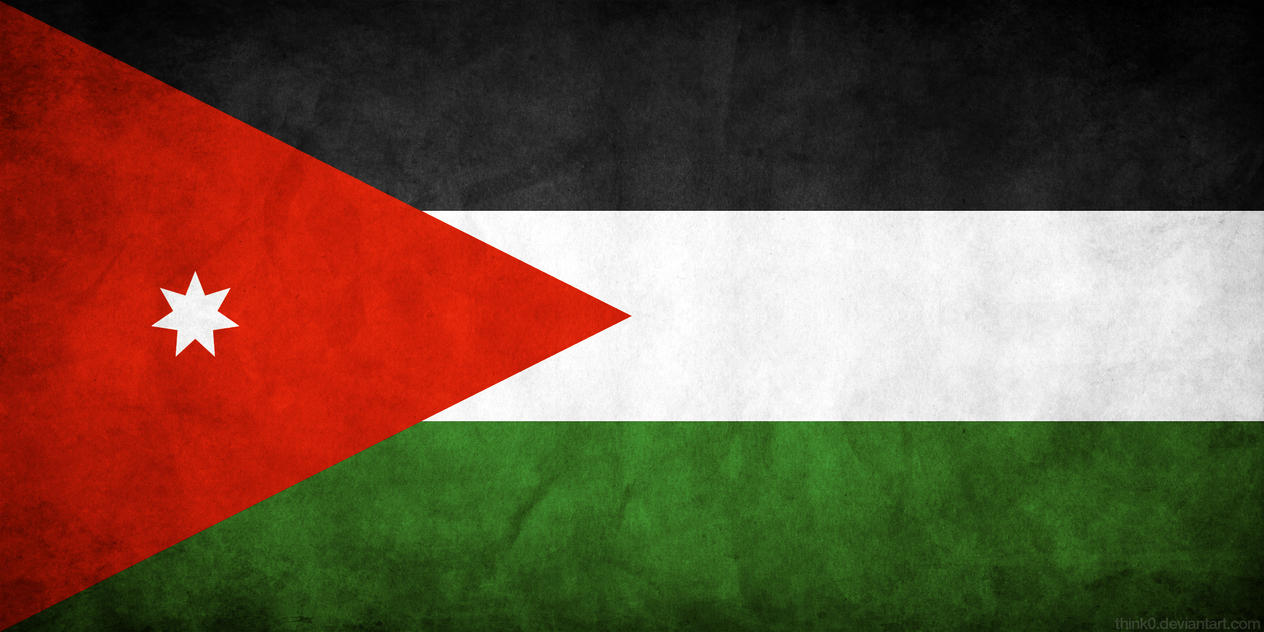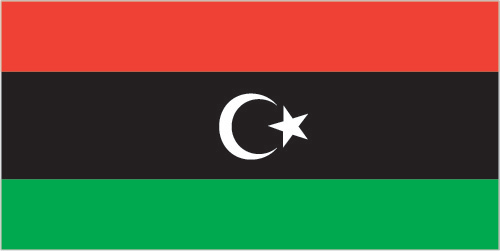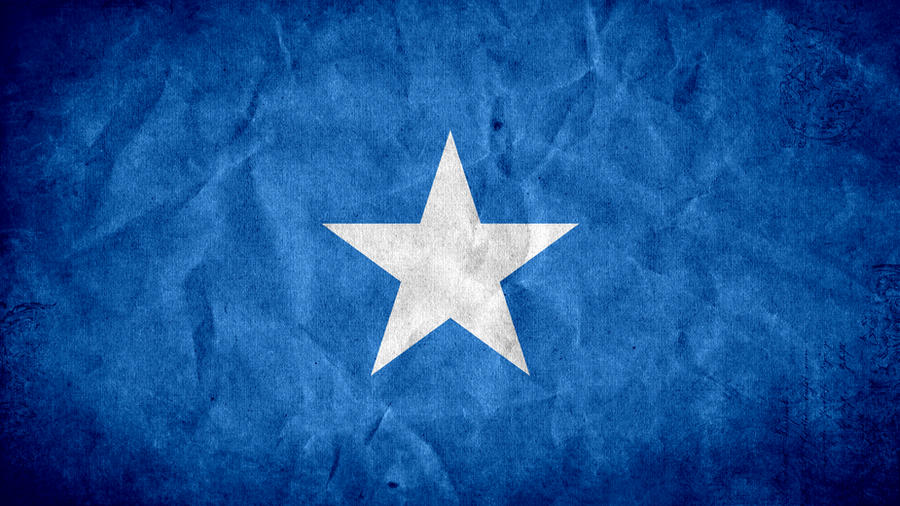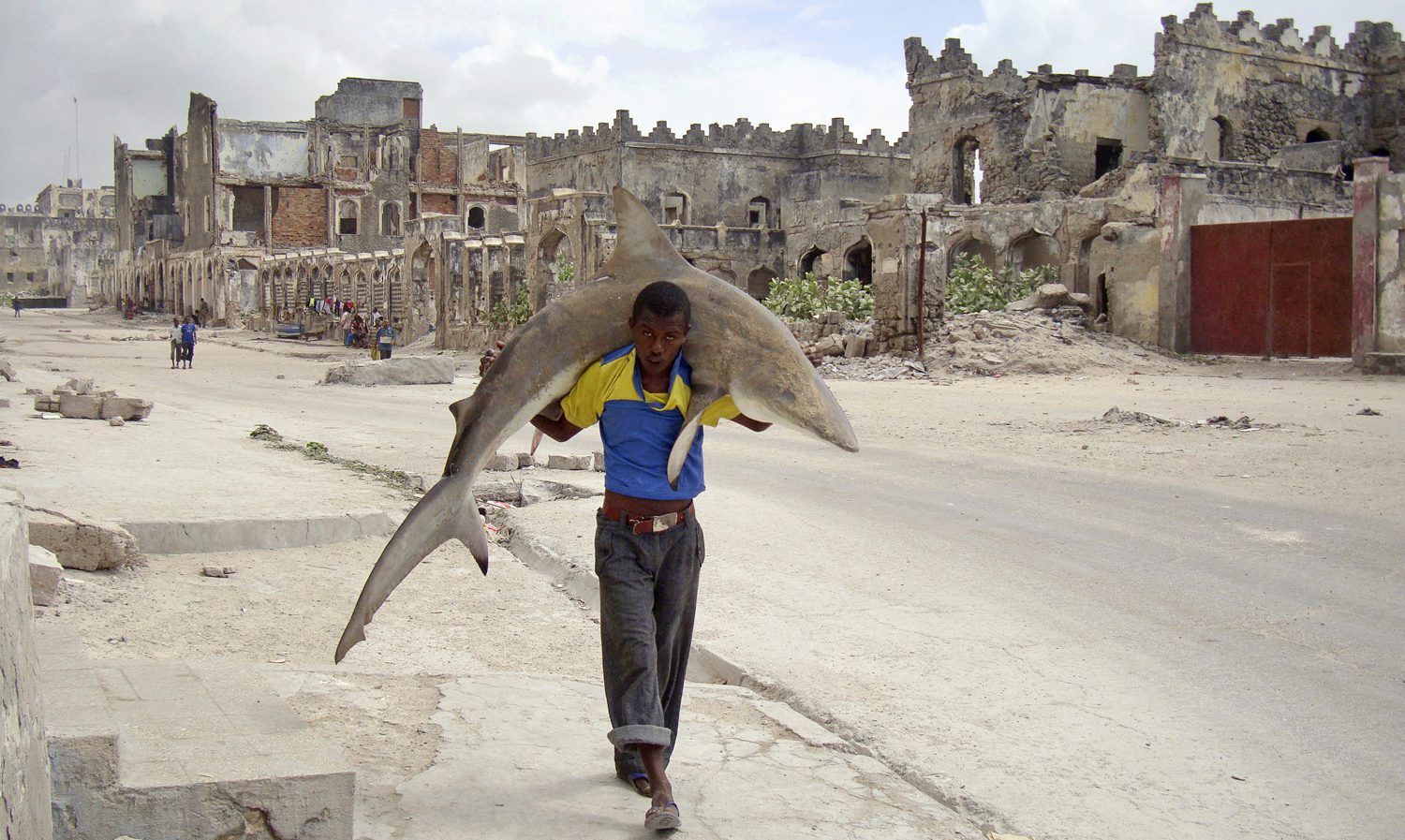<= 52. United Arab Emirates 54. Lebanon =>
1. Ancient Peleset
The name Palestine comes from the ancient times.
The ancient Egyptian hieroglyphs mention the area of Peleset.
Assyrian inscriptions used the term Palashtu or Pilistu.
Ancient Greeks used the term Palaistine.
Ancient Romans called the area Syria Palestine.
The Biblical name was Peleshet.
During the Byzantine time it was Palaestina Prima.
Umayyad and Abbasid Caliphates called it the province of Jund Filastin
2. Jericho
Jericho is one of the oldest inhabited cities in the world. Jericho is situated in Palestine near the Jordan River in the West Bank. Jericho has evidence of human settlements dating back to 10,000 BC. So it's possible that Jericho is the oldest continuously occupied city in the world.
3. Recognition of Palestine
Between 1920-1948 Palestine was the mandate area of the United Kingdom. The country was inhabited predominantly by Arabs, who had been the biggest population group since the 600s almost continuously, excluding the time of the Christian crusaders in the 1100-1200s.
Jews started to immigrate to Palestine during the British Mandate and when the UK withdrew from Palestine in 1948, the Jews declared their Jewish state, Israel, independent. This started the war between the Jews and Arabs which has caused problems until this day.
Currently the state of Palestine is recognized by 124 UN member states while 160 UN member states recognize the independence of Israel.
5. Two Intifadas
There has been two intifadas in Palestine against the Israeli. Intifada means shake or shaking in Arabic, the precise English term for intifada is uprising, resistance or rebellion.
First Intifada 1987-1993
Started in 1987 and lasted until 1993, with the signing of the Oslo Accords. The uprising began when an Israeli military truck collided with a civilian car, killing four Palestinians. The Palestinians reacted with protests, boycotts, general strikes, by destroying Israeli infrastructure within Palestinian territories and other things.
Israel then deployed over 80,000 soldiers as a reaction to the actions of the Palestinians.
Israeli security forces killed an estimated 1,162-1,204 Palestinians during the first intifada. High proportion of the killed people were children, youths and civilians.
The name Palestine comes from the ancient times.
The ancient Egyptian hieroglyphs mention the area of Peleset.
Assyrian inscriptions used the term Palashtu or Pilistu.
Ancient Greeks used the term Palaistine.
Ancient Romans called the area Syria Palestine.
The Biblical name was Peleshet.
During the Byzantine time it was Palaestina Prima.
Umayyad and Abbasid Caliphates called it the province of Jund Filastin
 |
| The Levant c. 830 BC |
2. Jericho
Jericho is one of the oldest inhabited cities in the world. Jericho is situated in Palestine near the Jordan River in the West Bank. Jericho has evidence of human settlements dating back to 10,000 BC. So it's possible that Jericho is the oldest continuously occupied city in the world.
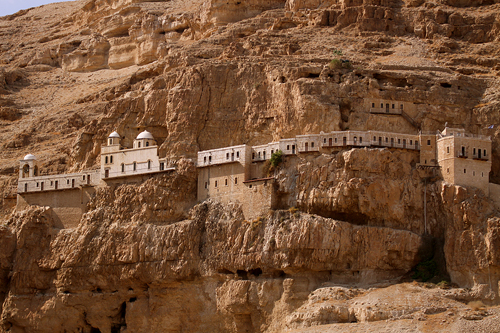 |
| Mount of Temptation in Jericho |
3. Recognition of Palestine
Between 1920-1948 Palestine was the mandate area of the United Kingdom. The country was inhabited predominantly by Arabs, who had been the biggest population group since the 600s almost continuously, excluding the time of the Christian crusaders in the 1100-1200s.
Jews started to immigrate to Palestine during the British Mandate and when the UK withdrew from Palestine in 1948, the Jews declared their Jewish state, Israel, independent. This started the war between the Jews and Arabs which has caused problems until this day.
Currently the state of Palestine is recognized by 124 UN member states while 160 UN member states recognize the independence of Israel.
4. Munich Olympics 1972 Terror Attack
Palestine Liberation Organization was founded in 1962 to liberate Palestine. In 1972 a faction of PLO did something really desperate, some of their members took eleven Israeli athletes as hostages and killed them. This drew attention to Palestine but not in a positive way.
Israel soon bombed Palestinian military bases killing many innocent people aside. That made hundreds of Palestinians join the militant groups in response. Since the Olympics Israel has executed many targeted assassinations against Palestinians, which have caused terror attacks against the Israeli in response.
There has been two intifadas in Palestine against the Israeli. Intifada means shake or shaking in Arabic, the precise English term for intifada is uprising, resistance or rebellion.
First Intifada 1987-1993
Started in 1987 and lasted until 1993, with the signing of the Oslo Accords. The uprising began when an Israeli military truck collided with a civilian car, killing four Palestinians. The Palestinians reacted with protests, boycotts, general strikes, by destroying Israeli infrastructure within Palestinian territories and other things.
Israel then deployed over 80,000 soldiers as a reaction to the actions of the Palestinians.
Israeli security forces killed an estimated 1,162-1,204 Palestinians during the first intifada. High proportion of the killed people were children, youths and civilians.
 |
| First Intifada |
Second Intifada 2000-2005
Started in 2000 and ended in 2005. Israel's president Ariel Sharon visited the Temple Mount, which was seen very provocative by the Palestinians. The Palestinian demonstrators threw stones at police and therefore they were dispersed by the Israeli army using tear gas and rubber bullets.
During the intifada about 3000 Palestinians died and 1000 Israelis and 64 foreigners. Israel used tanks, gunfire and air attacks while Palestine committed suicide bombings and gunfire. Finally the leaders of the countries agreed to stop the violence and reaffirmed their commitment to create peace in the area.
Started in 2000 and ended in 2005. Israel's president Ariel Sharon visited the Temple Mount, which was seen very provocative by the Palestinians. The Palestinian demonstrators threw stones at police and therefore they were dispersed by the Israeli army using tear gas and rubber bullets.
During the intifada about 3000 Palestinians died and 1000 Israelis and 64 foreigners. Israel used tanks, gunfire and air attacks while Palestine committed suicide bombings and gunfire. Finally the leaders of the countries agreed to stop the violence and reaffirmed their commitment to create peace in the area.
1000 BC The Hebrews established the Kingdom of Israel
63 BC The Romans conquer the area
70 After defeating the Jewish rebellions the Romans start calling the country Palestine
638 First Arab Caliphate conquers Palestine from Byzantium, Arabs moved to the area and Islam became the ruling religion
1100-1200s European crusaders conquer the Holy Land
1187 Moslem chief Saladin expels the Christians conquering Jerusalem from the crusaders, Palestine was controlled by the Egyptian Mamluks the next centuries
1500s The Ottoman Empire conquers Palestine
1920 After the World War I Palestine becomes a British mandate area from which Transjordan is separated
1930s Conflicts between Arabs and Jews that had moved there escalated
1948 UK withdraws from the area and the Jews declare their state of Israel independent
1956 During the Suez crisis Israel conquers Gaza
1964 Palestine Liberation Organization, the PLO is founded with Jasser Arafat as the leader
1967 In the Six day war Israel occupies Gaza and the West Bank again
1970 PLO had to withdraw from Jordan because of the civil war
1972 PLO draws attention with a terror attack in the München Olympics
1974 UN recognizes Palestine's right for autonomy
1987 First Intifada, uprising against the Israelis
1988 PLO declares Gaza and the West Bank as the independent Palestine
2000 Second Intifada
2004 Palestine's president Jasser Arafat dies, Mahmud Abbas becomes his successor
2005 Israel withdraws from Gaza
2007 Gaza was isolated from the world
Sources:
https://en.wikipedia.org/wiki/Palestine
https://en.wikipedia.org/wiki/International_recognition_of_the_State_of_Palestine
Maailman liput maat ja historia by Kimmo Kiljunen
http://www.independent.co.uk/news/world/europe/olympics-massacre-munich--the-real-story-524011.html
https://en.wikipedia.org/wiki/Second_Intifada
https://en.wikipedia.org/wiki/International_recognition_of_the_State_of_Palestine
Maailman liput maat ja historia by Kimmo Kiljunen
http://www.independent.co.uk/news/world/europe/olympics-massacre-munich--the-real-story-524011.html
https://en.wikipedia.org/wiki/Second_Intifada
